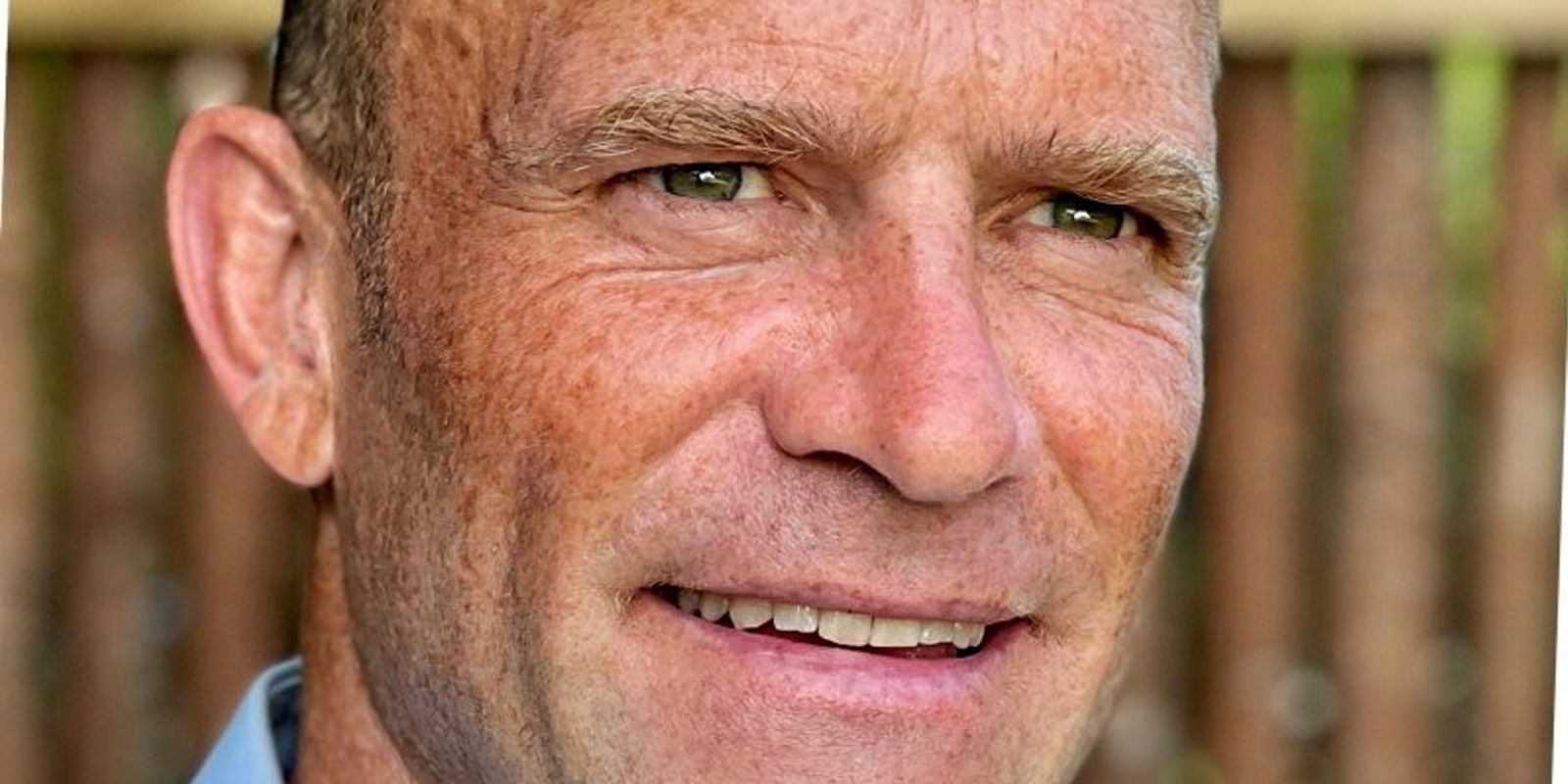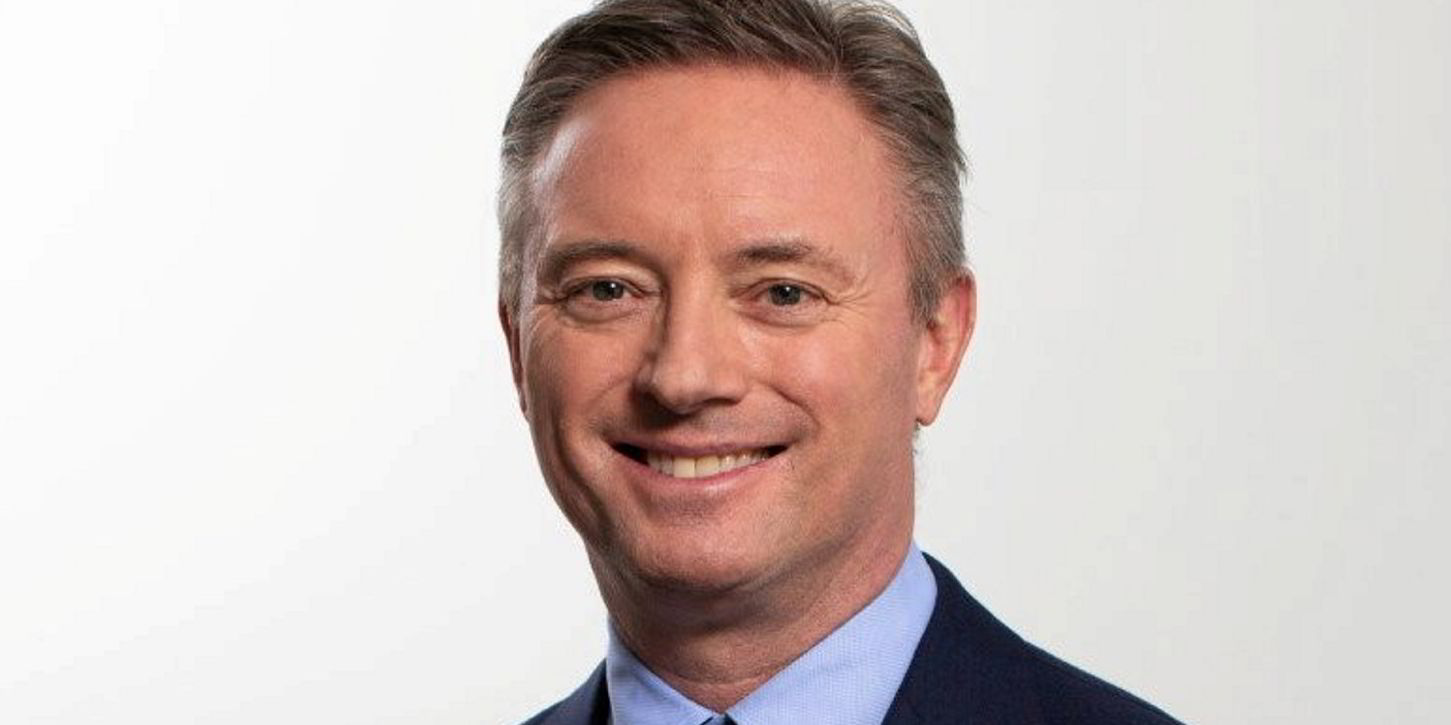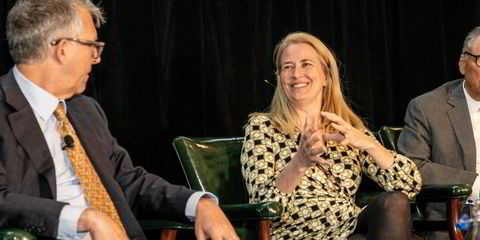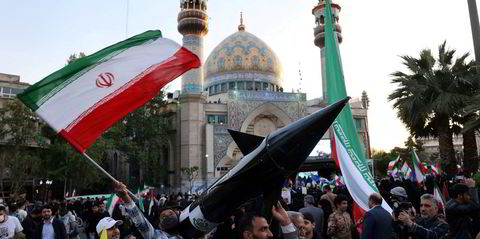Something is changing within freight derivatives markets and Danish owner-operator Norden wants to get ahead of the curve.
The Copenhagen-headquartered firm has revealed its plans to expand its forward freight agreement (FFA) desk and roll out algorithmic (algo) trading of the derivatives, led by Per Heilmann, who joined Norden in September and has 20 years of experience in FFA trading.
Norden has been on a mission over the past five years to increase its trading activities and has been using FFAs as a daily tool to manage its positions.
Christian Vinther Christensen, chief operating officer and head of freight services and trading, told TradeWinds that Norden sees FFAs as a growing revenue stream that will produce results to smooth over the boom and bust of earnings from its large operated fleet of bulkers and product tankers.
“With the algo models and with beefing up on the FFAs, we are kind of taking it to the next level,” Christensen said. “So it’s not only a tool, but we expect it to be a substantial income stream in the future.
“We are actually making the models part of our base margin because they will make money in any kind of market.”
Christensen said Norden is confident the plan will work.
“We have a very sophisticated risk-management framework, so we are not taking any undue risks,” he said. “We know exactly what we are playing with.”
Norden’s algo trading models will be deployed in the capesize market — the only bulker segment in which the firm is not active in its physical business — as well as panamaxes, supramaxes and product tankers.
“Liquidity is a very important prerequisite for FFA trading in general,” Heilmann said. “You have to have sufficient liquidity — and that’s where we can sort of zoom out and frame what’s happening in the FFA markets more generally.
“Today in dry bulk — you’ll see different numbers on this, there are different estimates — but dry bulk FFAs exceed in volume the physical volume in the market, and that exceedance has been growing over the past five or six years.”
He sees this as an early symptom of what will be a long-term trend — and Norden wants to get a head start on the rest of the market.
“If you look at the development of, say, the Brent crude oil market in the 80s, a similar financialisation took place where the volume of oil futures moved well above what was happening in the underlying physical [trade],” Heilmann said.
“That sort of trend of financialisation is basically only beginning in freight. It’s just beginning in dry bulk FFAs. In tankers, that hasn’t happened yet; the tanker FFAs are a fraction of the physical underlying [business].”
And the increasing financialisation of FFAs is expected to bring more and more new players to the market.
Norden’s algorithmic trading model has been in place for just over a year, built by the company’s team of quantitative analysts, who come from a trading background.
“The model takes in various parameters from all sorts of different angles, different prices and markets that we feel have a fundamental underpinning connection to the market that we’re trading,” Per Heilmann said.
“That’s where the models do their work, the kind of work that a human simply can’t compute at the same rate or depth.
“The models take all these inputs till it becomes sort of a series of models. The models then are very good at ranking which models are explaining price and — by constantly re-choosing the best ones — come up with these price signals.”
“Norden wants to be ahead of the curve as financial elements of the freight markets become more mainstream,” Heilmann said.
“We think it’s a trend that has happened in almost all other commodity markets and we just want to be ahead of it.”
But the robots have not taken over just yet. Over the next year or so, Heilmann said Norden aims to hire up to two more people for its FFA desk, which currently comprises three members of staff.
“If you look at other commodity markets that trade on exchanges or screens, the algorithms are effectively able to plug directly into the exchange and send buy and sell orders to an exchange and execute without the interaction of the human in that transaction. We’re not there in freight,” Heilmann said.
“We have to put a human in between the signal and the market because it’s a voice-brokered FFA market, you actually transact by talking to people and having an interaction. My job is to make sure that we can execute that as possible, staying true to the signals that the models are providing.
“In theory, we’d like to get to a place where the signals can be plugged into the market, but the market isn’t there yet.”






